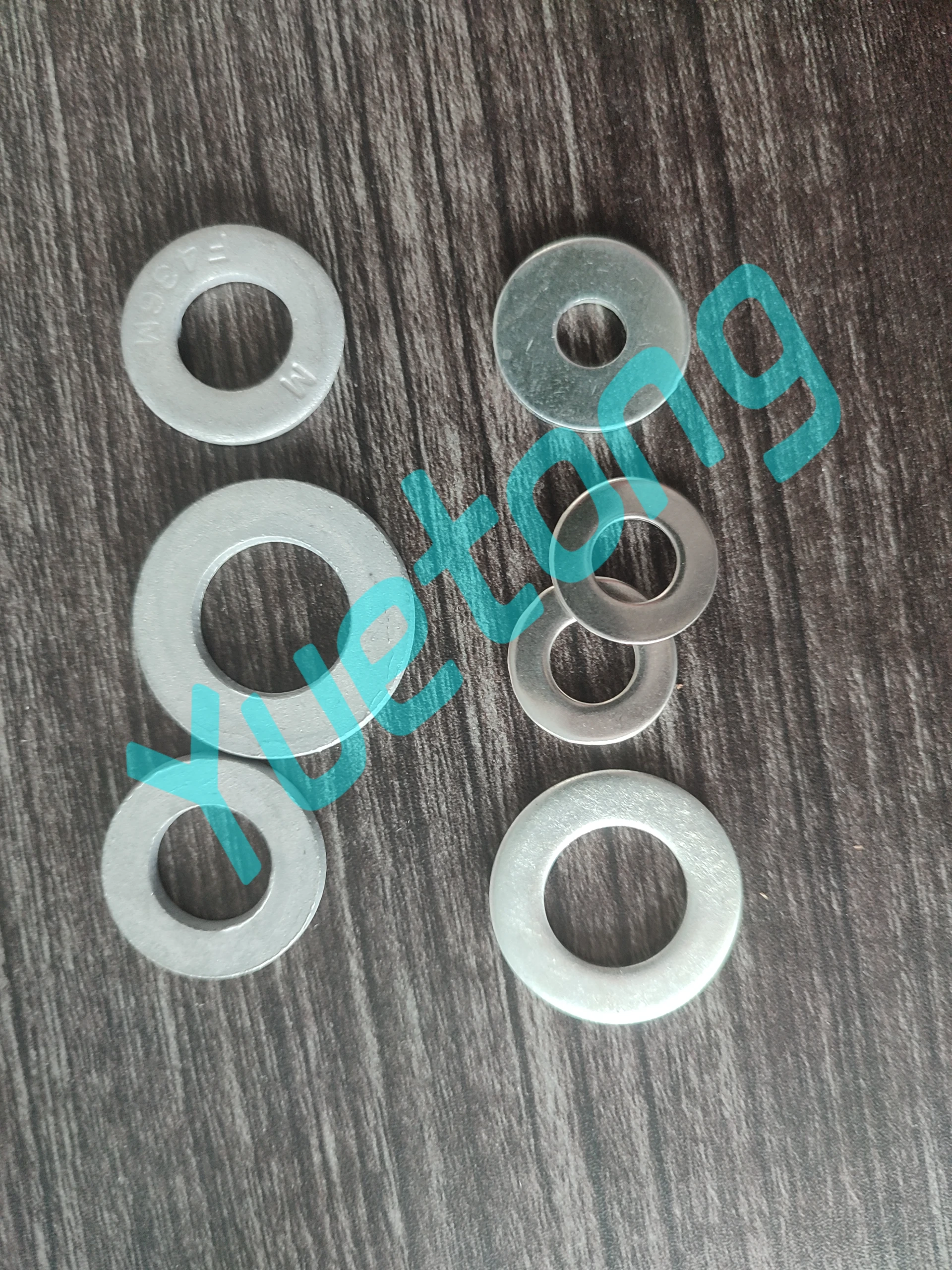Sep . 06, 2024 16:21 Back to list
ASME Nut Dimensions - Comprehensive Guide to Sizes and Specifications
Understanding ASME Nut Dimensions
The American Society of Mechanical Engineers (ASME) plays a vital role in establishing standardized dimensions for various mechanical components, including nuts. Nuts are essential fasteners used in conjunction with bolts to secure two or more objects together. This article provides an overview of ASME nut dimensions, highlighting their significance in engineering and construction.
ASME specifications define the size, shape, and mechanical properties of nuts, ensuring compatibility with bolts. The most widely recognized standard for nuts is ASME B18.2.2, which provides detailed dimensions for hex, square, lock, and other styles of nuts. Understanding these dimensions is crucial for engineers and builders to ensure that the components fit correctly and function as intended.
Key Dimensions and Features
Nuts are characterized by several primary dimensions the width across flats (WAF), the height, and the thread size. The WAF is the distance between two opposite faces of the nut and is critical for wrench compatibility, ensuring that tools can grip the nut securely. The height of the nut affects the overall profile of the assembly, while the thread size determines how the nut engages with the bolt.
asme nut dimensions

For instance, a standard hex nut, commonly used in various applications, follows a specific set of dimensions based on its size classification (like 1/4-20, 3/8-16, etc.). These classifications indicate the nominal diameter and the number of threads per inch, respectively, adhering to both ASME and ANSI standards. Additionally, nuts are available in different grades, denoting their material strength and performance under load.
Importance of Standardization
Standardization of nut dimensions provides numerous benefits, including enhanced safety and reliability in mechanical assemblies. When components meet ASME specifications, engineers can be confident that they will perform under expected loads and stresses, minimizing the risk of failure. Furthermore, standardized dimensions facilitate inventory management, as manufacturers can produce and stock nuts that are compatible across different applications.
In summary, ASME nut dimensions are a crucial aspect of mechanical design, affecting the performance and reliability of various assemblies. By adhering to these standards, engineers ensure that their designs will stand the test of time and perform optimally. Understanding these dimensions is not only important for manufacturing but also essential for maintenance and repair of equipment in various industries.


